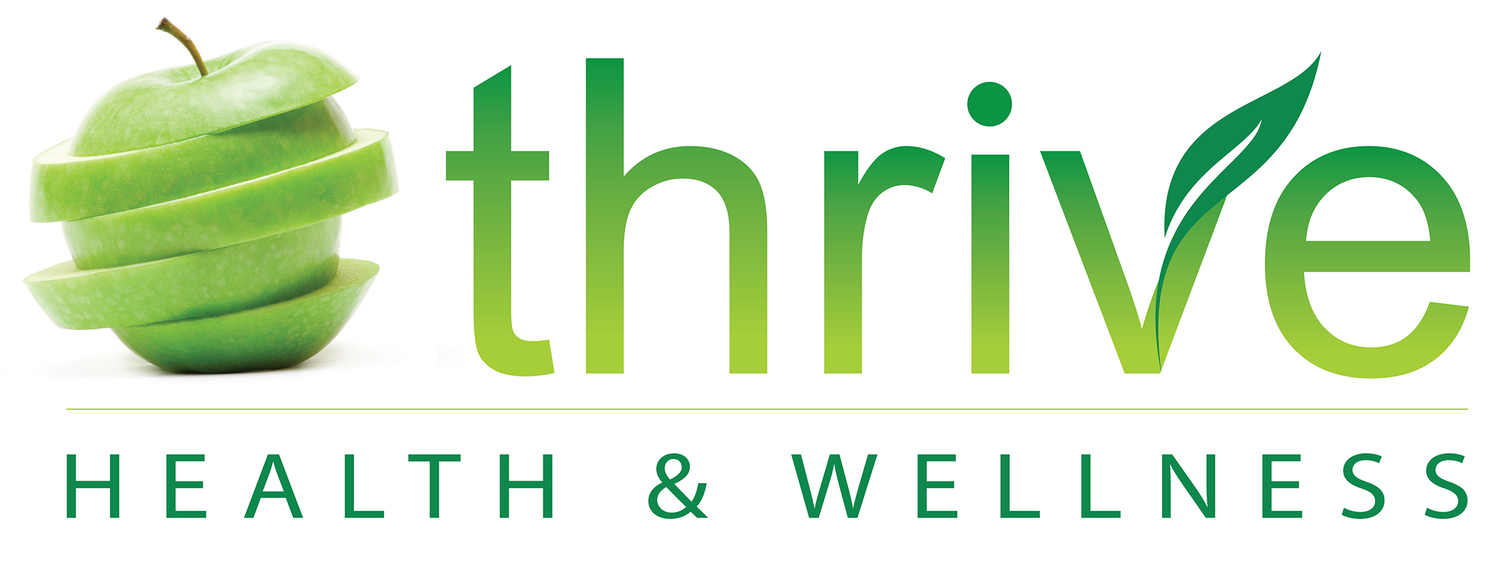Understanding Food Labels: A Holistic Nutritionist’s Guide
Navigating the grocery store aisles can often feel overwhelming, especially when faced with a number of different food labels boasting various health claims. As a holistic nutritionist, I believe that understanding these labels is crucial for making informed choices that align with your health goals. In this guide, I’ll break down the key components of food labels and offer tips on what to look for and avoid.
Key Components of Food Labels
1. Serving Size and Servings Per Container - The first thing to check on a food label is the serving size. This tells you the amount of food that the nutritional information applies to. It’s easy to overlook serving sizes and consume more calories and nutrients than intended. Pay attention to the number of servings per container, as a small package may contain multiple servings.
2. Calories - While not the only factor in a healthy diet, knowing the calorie content helps manage weight and energy levels. Remember, quality matters as much as quantity; aim for nutrient-dense foods that provide more nutrients, vitamins and minerals per calorie.
3. Ingredient List - Ingredients are listed in descending order by weight. The first few ingredients make up the majority of the product. Look for whole foods and recognizable ingredients, and avoid products with a long list of chemicals, additives, and artificial colours or flavours.
4. Macronutrients: Carbohydrates, Protein, and Fat:
• Carbohydrates: Look for whole grains and fibre-rich foods. Aim for complex carbs like oats, quinoa, and whole wheat, and be cautious of added sugars.
• Protein: Ensure a balance of plant-based and lean animal proteins. Beans, legumes, nuts, seeds, tofu, chicken, turkey, fish, etc. are excellent choices.
• Fat: Focus on healthy fats such as those found in avocados, nuts, seeds, and olive oil. Limit saturated and trans fats, often listed as hydrogenated oils.
5. Fibre - Fibre is essential for digestive health and can help regulate blood sugar levels. Look for foods with at least 3-5 grams of fibre per serving, and choose whole, unprocessed foods for the best sources.
6. Sugar - Added sugars can be hidden in many processed foods. Aim for foods with minimal added sugars, and check for sugar by different names such as high fructose corn syrup, cane sugar, and molasses. Natural sugars found in fruits and dairy are preferable to added sugars.
7. Sodium - High sodium intake is linked to hypertension and cardiovascular issues. The recommended daily limit is less than 2,300 milligrams for most adults. Opt for low-sodium or sodium free versions of processed foods and enhance flavours with herbs and spices instead.
8. Vitamins and Minerals - Check the Percent Daily Value (%DV) for key nutrients like vitamin D, calcium, iron, and potassium. These nutrients are vital for maintaining various bodily functions, and a higher %DV indicates a better source of these nutrients.
9. Health Claims - Terms like “natural,” “organic,” and “non-GMO” can be confusing. Here’s a quick rundown:
• Natural: This means minimal processing, but it’s not strictly regulated.
• Organic: Certified organic products follow strict guidelines, avoiding synthetic pesticides and fertilizers.
• Non-GMO: These products do not contain genetically modified organisms, but this doesn’t necessarily mean they’re healthier.
Tips for Holistic Shopping
Shop the Perimeter: The outer edges of grocery stores typically contain fresh produce, meats, and dairy, which are less processed and more nutrient-dense.
Cook More at Home: Preparing meals at home wth wholesome healthy ingredients will allow you to control what is going into your meals and what you’re consuming.
Make a Grocery List: Plan what groceries you need a head of time and try to stick to your list.
Don’t Shop Hungry: Be sure to eat before you go shopping, this will help prevent you from filling your cart with unplanned and potentially unhealthy foods.
Listen to Your Body: Pay attention to how different foods make you feel and adjust your diet to support your individual needs.
Understanding food labels is a powerful tool in taking control of your health. By focusing on whole, unprocessed foods and being mindful of what you put in your body, you can make choices that nourish and sustain you. Remember, the journey to holistic health is a marathon, not a sprint. Happy shopping!
By incorporating these tips and insights into your grocery shopping routine, you can make more informed choices that support your overall well-being. Your journey to holistic health starts with understanding the food you eat, one label at a time.
If you are looking for more guidance on how to make healthy food choices that will help you reach your wellness goals, book your free 20 minute nutrition consult today!


